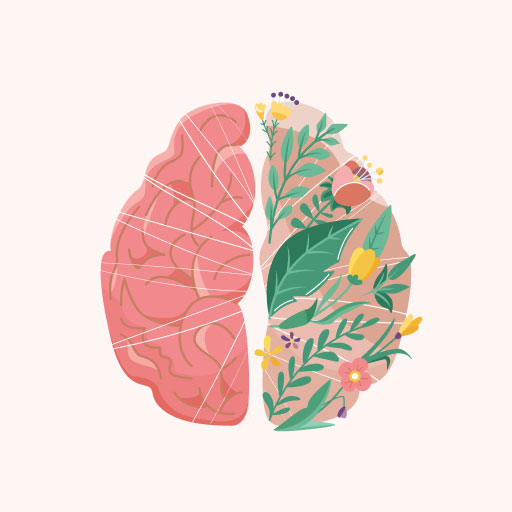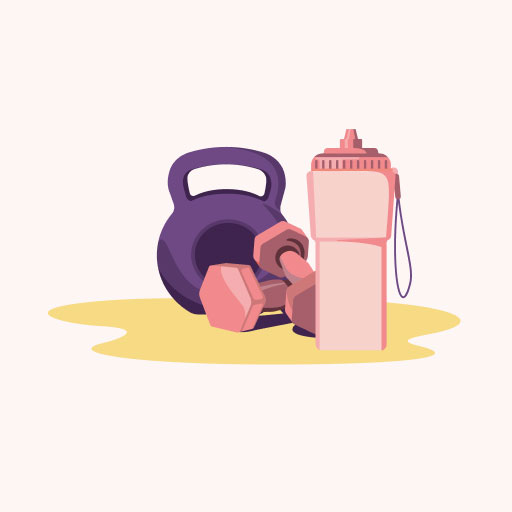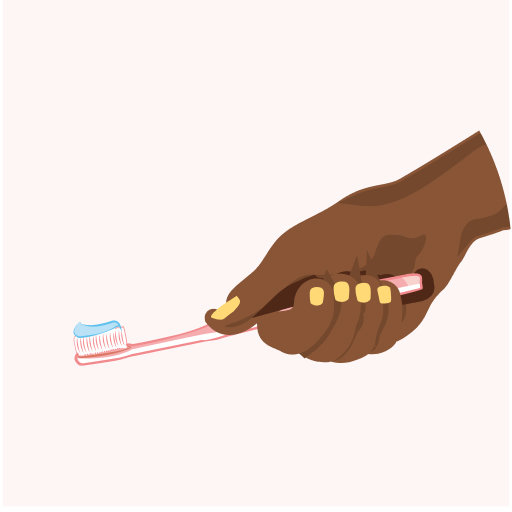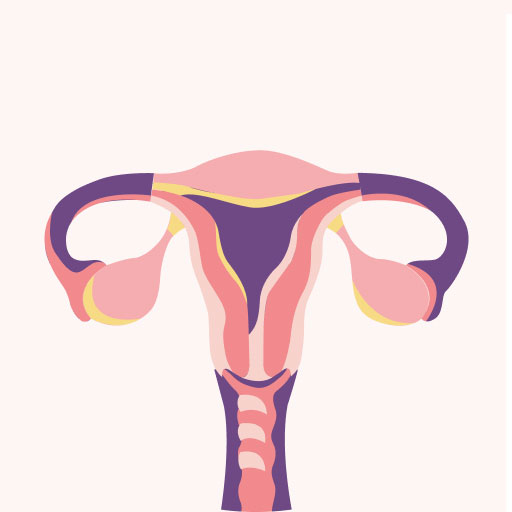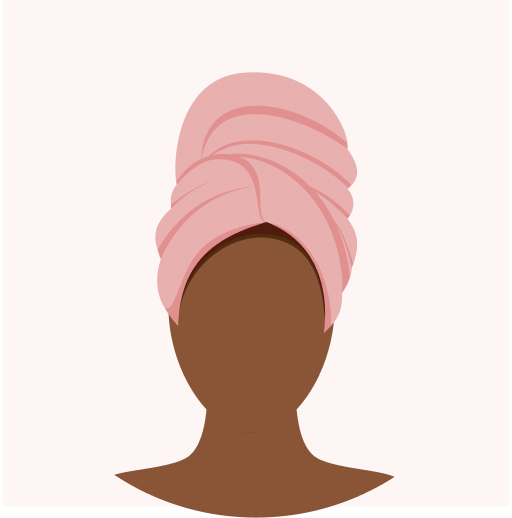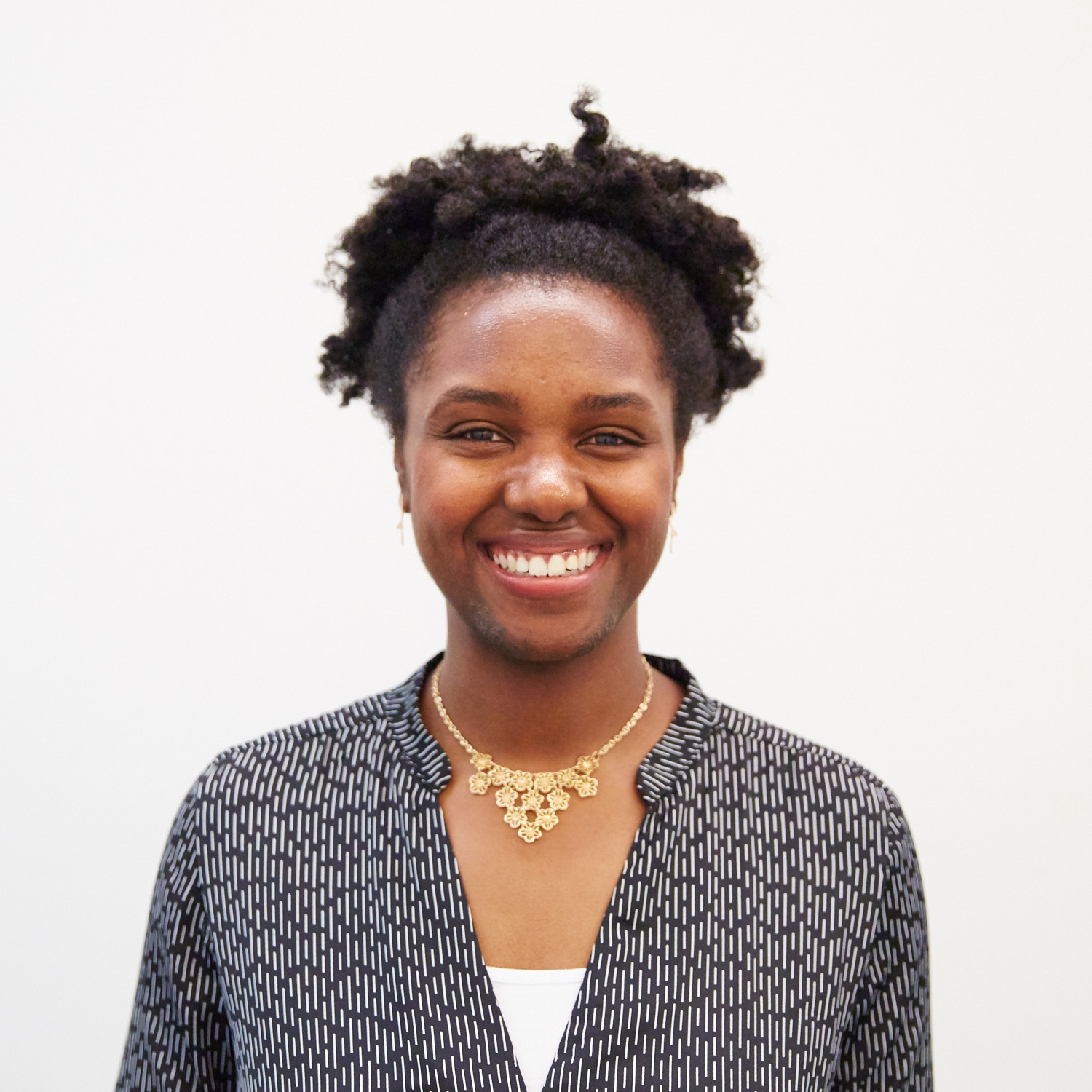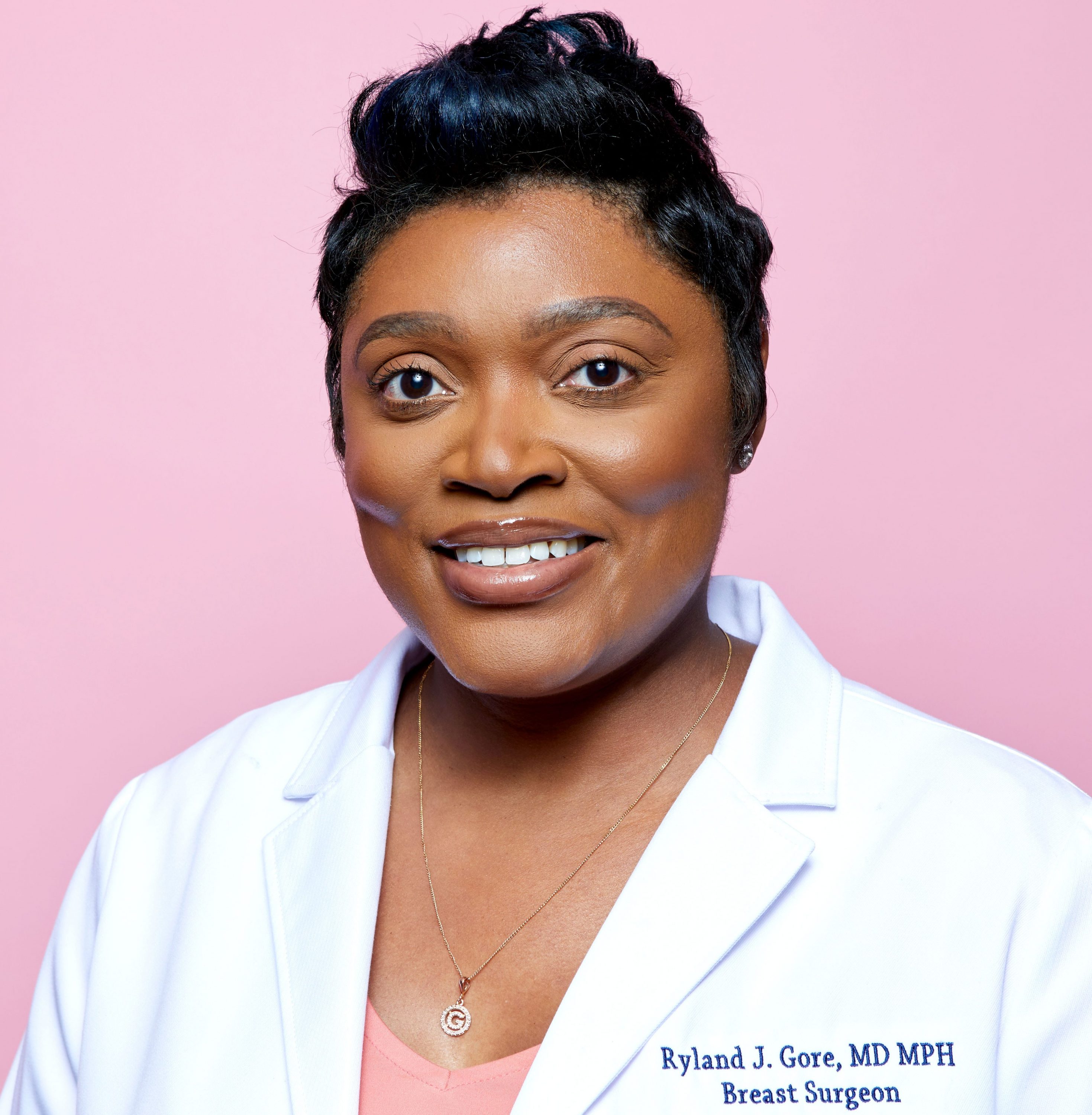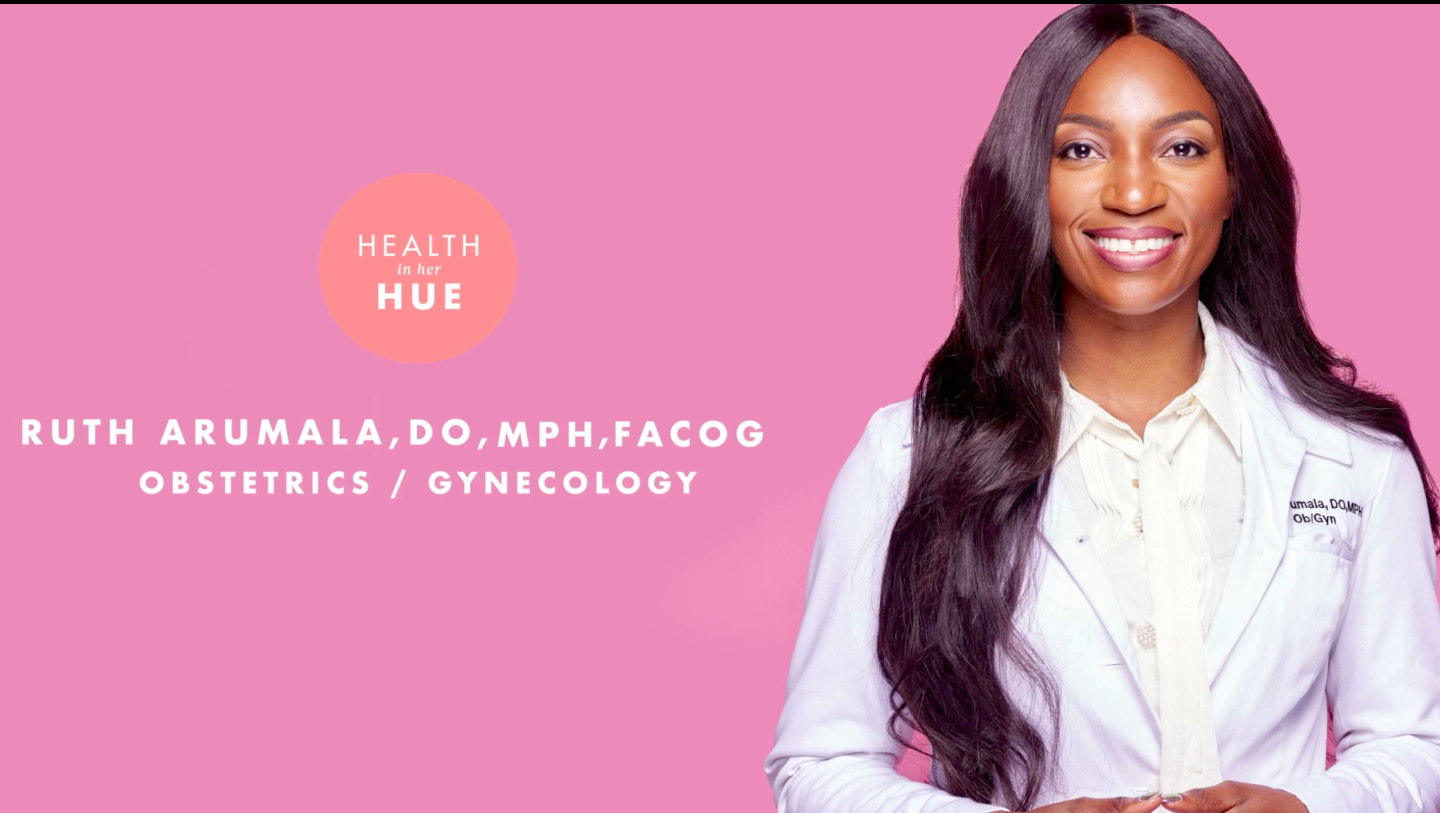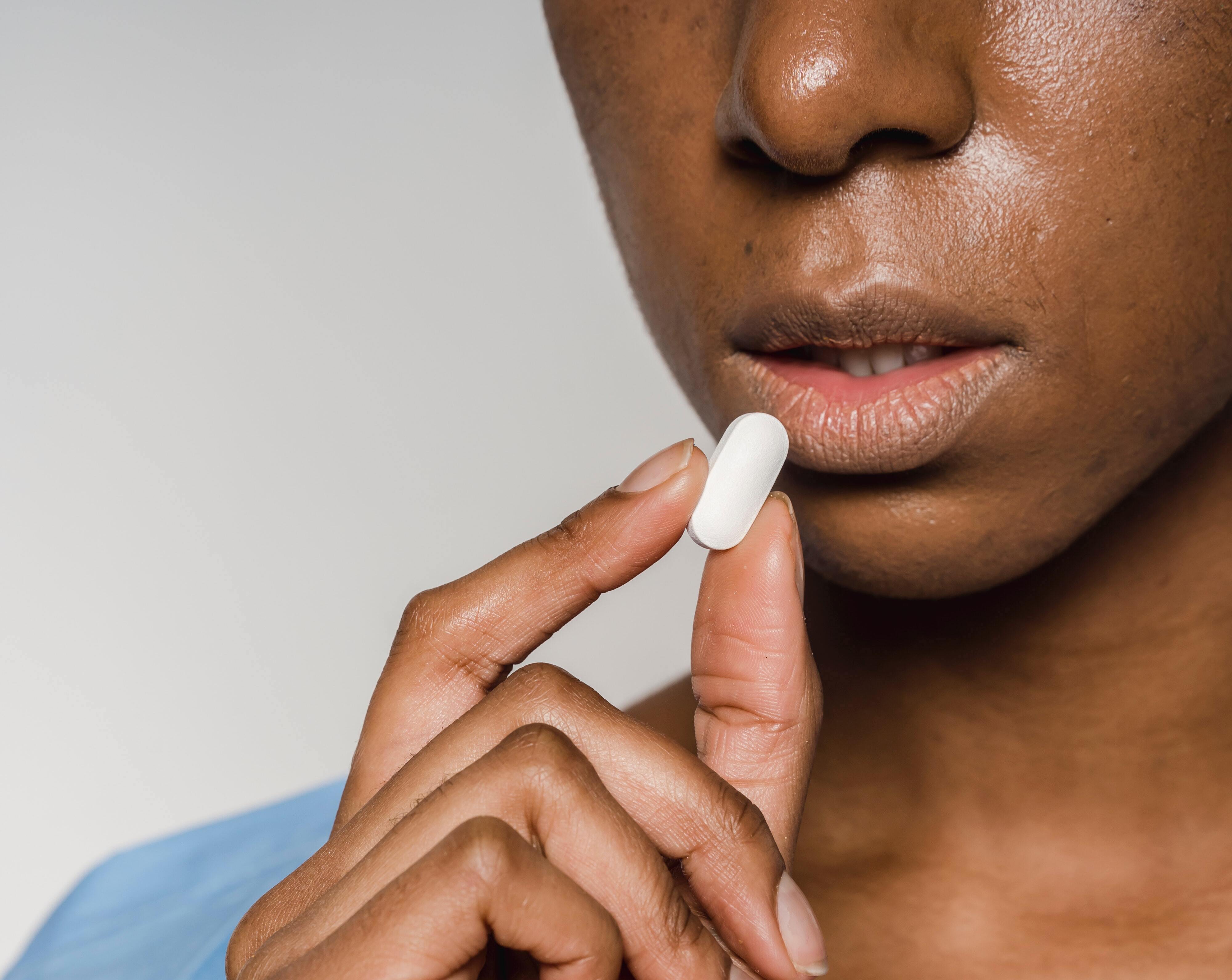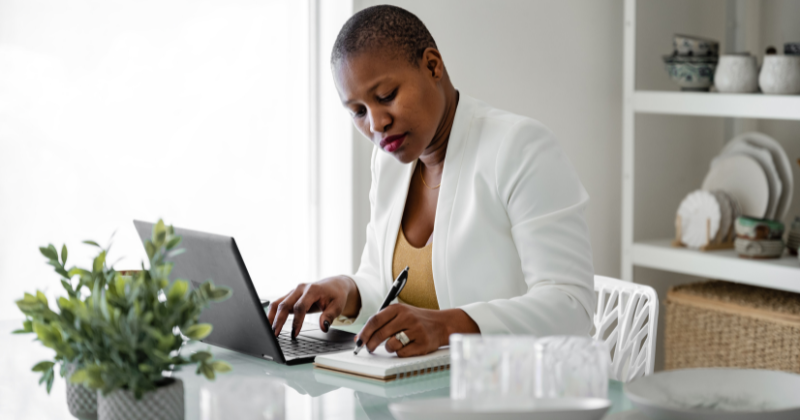
My Fibroid Journey: A Black Woman’s Experience Seeking Treatment
Black women are diagnosed with fibroids at higher rates and usually undergo more invasive procedures as part of their treatment plans. In this piece, Elizabeth DeHaan describes her experience with fibroids, including the moment her gynecologist discovered them, the research she did to inform her self-advocacy in the doctor’s office, and the outcome of the care she ultimately received.
“Did anyone ever tell you that you have fibroids?” I was lying on the exam table at my first gynecology appointment as my doctor pressed down on my abdomen. I wasn’t surprised to hear that I had fibroids. They were something that plagued the women in my family for generations, and as a Black woman, I knew the odds weren’t in my favor. I am three times more likely to be diagnosed with fibroids than my white counterparts, according to a National Center for Biotechnology study. Despite this knowledge, I was surprised at my diagnosis and that they had started developing at a young age. I was only 23 at the time. My doctor assured me they were small. She recommended a vaginal ultrasound to check, and the test revealed I had a few very small fibroids. Fast forward ten years later, and I would have ten fibroids, the largest being 20 centimeters, distorting my uterus to the size of a five-month pregnancy, pressing down on my bladder, and obstructing my colon.
In a 2013 National Center for Biotechnology Study, uterine fibroids or leiomyomas are noted as the most common type of benign pelvic tumor in women and one of the leading reasons for hysterectomies. They cause millions of women to suffer from debilitating monthly pain, infertility issues, heavy periods, and fatigue, and sadly modern science has no idea what causes them. Researchers also do not understand why Black women or those of African descent are disproportionately affected.
When I returned to my gynecologist in 2019 for my annual exam, she touched my abdomen and immediately noted that my fibroids had worsened. I knew what she was saying was correct because I could feel the pressure in my uterus when I laid on my back. My period had gotten significantly heavier, and I could no longer sleep through the night without waking up to use the bathroom due to the pressure on my bladder. She said that it would be difficult for me to maintain a pregnancy due to the size. She recommended surgery to remove them and referred me to a specialist.
I left that appointment absolutely devastated. At the time, I was only 29, and the thought of being unable to maintain a pregnancy was difficult for me to hear. I want a family of my own someday and had hoped that by the time my fibroids needed to be removed, I would have already had children. I met with the surgeon and was not convinced that surgery was the best option for me at that time. After doing my own research, I decided to try holistic approaches such as Acupuncture, Chinese herbs, and changing my diet. Though these might have helped with menstrual cramps, they did not help my fibroids, and they continued to grow. My periods became increasingly heavier, and my uterus became more distended.
In the summer of 2020, once the world was able to resume some normalcy, I decided to switch gynecologists because I didn’t feel my needs were being met. My first gynecologist was very insistent that I should take birth control for my fibroids and cramps, even though I told her every time that I did not want to take birth control due to the excess estrogen. I did my own research and wanted to try non-surgical ways to remove my fibroids.
At first, I wanted to try Uterine Fibroid Embolization (UFE) which inserts small pellets into the veins in your uterus to stop the blood flow to the fibroids and shrinks them. I found a location that was supposed to be amazing and made an appointment. They let me know they didn’t accept my insurance plan, but I could pay out of pocket for each visit and the procedure. That was not an option. So, I continued researching and found a doctor that specializes in UFE. I made an appointment. The morning of the appointment, they called and had to reschedule due to an emergency. My appointment for July was pushed out to October. At this point, I was beyond frustrated. My periods made me anemic, with a hemoglobin of 9 (normal for women is between 12 and 15), so I was often exhausted. But I persisted and found a doctor. After they found out that I wanted a consultation for fibroids, they gave me an appointment two weeks out.
I met with Dr. Taraneh Shirazian from NYU Langone Health, and she looked over my previous records and recommended we schedule a laparoscopic myomectomy. She also recommended another MRI and iron infusions to prepare me for the surgery. After my MRI, however, it showed that my largest fibroid was 15 cm, and I had ten fibroids mostly embedded in my uterine muscle. I also had a pedunculated fibroid growing with a stalk attached to the uterus. After this, she recommended an abdominal myomectomy, an open surgery cutting into the uterine muscle and surgically removing the fibroids. This surgery would require 4-6 weeks of recovery and a stay overnight in the hospital. This was exactly what I didn’t want. But at this point, I could no longer continue living with this much bleeding and discomfort.
Leading up to the surgery, I was scared and nervous. The thought of being put under terrified me, and the unknown of recovery was distressing. As I prepared for my surgery, I was surprised that I couldn’t find as many firsthand accounts from women about their fibroid diagnosis or their process through surgery. But based on the little information that I could find, I was able to start getting supplies and prepare for my initial recovery. I ordered a heating pad (this was a godsend), a hot water bottle, pain pills, laxatives, CBD/THC ointment and oil, scar cream, sweats, and a cute nightie set. I packed an overnight bag with a toiletry kit, my nightie set, a journal, and other necessities in case I had to stay longer than one night. I went grocery shopping, cleaned my apartment, and did my laundry in preparation for being down for at least four weeks. I washed my hair, put it in a protective style, and cleared my calendar for an entire month.
In addition to my preparation, my doctor ordered me to get two iron infusions in the two weeks leading up to my surgery. The actual infusions lasted for about 20 minutes each, and then they monitored me for another half hour to make sure there were no initial negative side effects. I did have minor stomach upset and some nausea with both infusions.
I had my surgery on September 29th, 2021, and thankfully it was a success! It took twice as long because the 15 cm fibroid was actually 20 cm, and my doctor needed to break it into smaller pieces to remove it. I had a total of 10 fibroids removed from my body, and after a biopsy, it was confirmed that they were in fact, fibroids and not cancerous. I lost about 500 ccs of blood during surgery, which is about a pint. I stayed overnight in the hospital, and once my doctor confirmed that my blood work was fine, I was released. I felt stronger leaving the hospital than I thought I would have. I walked out on my own and was released to the care of my mother, who came up from Florida to be with me for a couple of weeks after my surgery. Having my mom there and my family visit are probably the reasons I was able to recover and get back on my feet within a month. I stayed on a round-the-clock pain management system for the first few days post-surgery until I could move to taking pain pills as needed.
One of the biggest surprises for me, personally, was how immediately I could see and feel the difference in my body. My uterus was no longer hard and distended, and I lost about 30 pounds after my surgery. I could sleep through the night, and I discovered that I enjoy sleeping on my stomach. My period came exactly one month after my surgery, and I will say that it was more painful than the pain I experienced after surgery. I could feel the incisions in my uterus as my uterus contracted with each cramp. And my first two periods after surgery were very heavy. Since then, they have lessened with minimal pain and no heaviness.
It’s been over a year since my surgery, and I don’t take for granted how much my life has changed since then. When my doctor first told me that my fibroids had gotten so big, I felt broken. I was angry with my body for letting these tumors grow. I now know that I am more than my diagnosis. As women, so much of our worth is based on our ability or desire to have children, but, as my fibroid journey taught me, we have the power to define our worth for ourselves.



